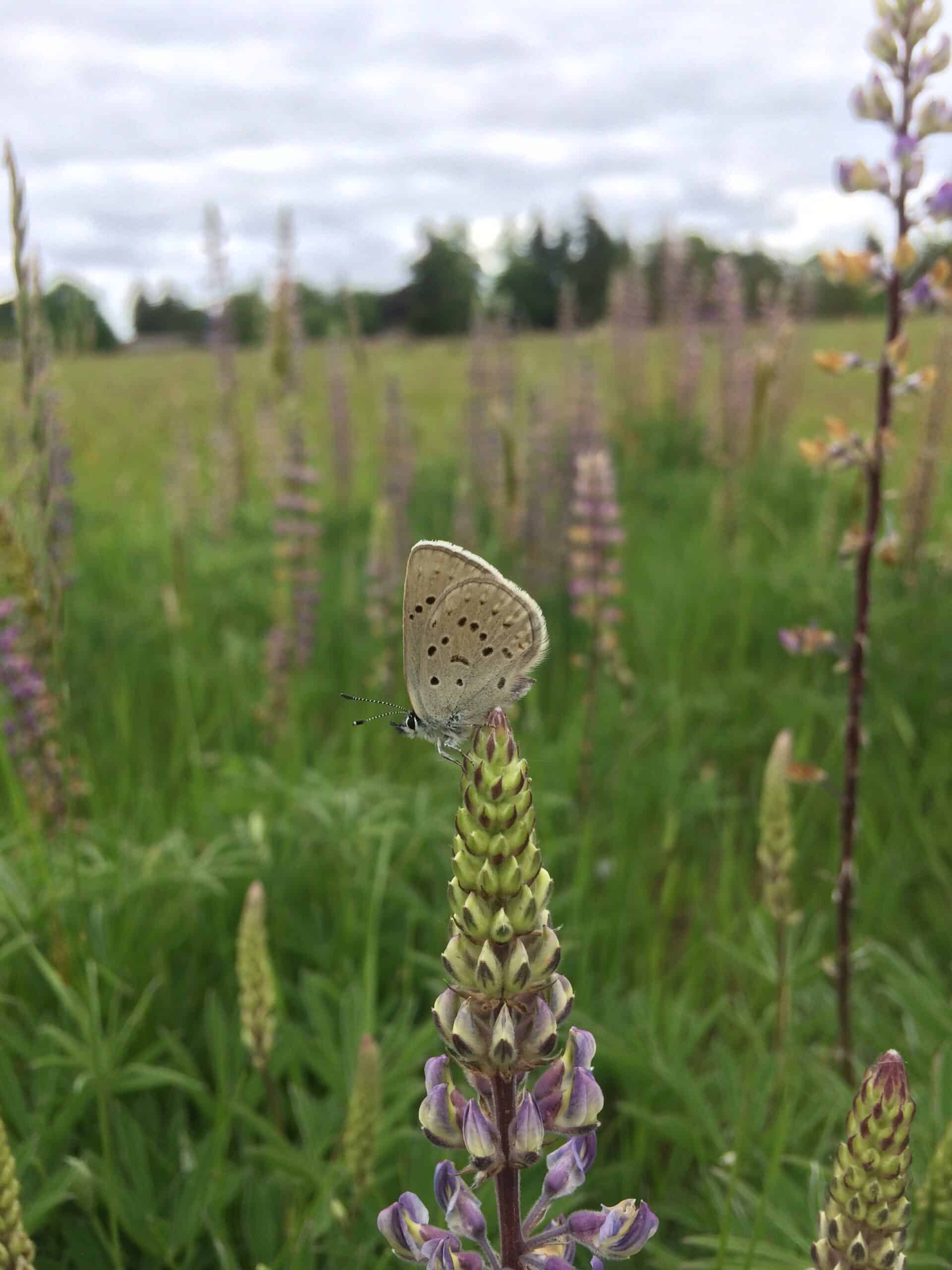Share this article
Does citizen science work as well as federal bird monitoring?
Two weeks ago, eBird logged its 500 millionth observation. Launched by the Cornell Lab of Ornithology in 2002, the online checklist is a handy resource for birders, but how does it rate for scientists? Pretty well, researchers recently found. Population insights from its data match those from official North American bird counts, they concluded, suggesting that such citizen science platforms could supplement governmental wildlife monitoring worldwide.
“eBird is popular for birdwatchers because it’s well designed,” said Joshua Horns, lead author on the paper published in Biological Conservation. “It can help you see what species you’ve seen, which ones you still need to see and where you can go to find those. We were wondering, can this data submitted by random people be used to monitor bird populations on a large scale?”
The answer, they found, was yes.
North American bird population estimates usually stem from the Breeding Bird Survey, a concerted five-decades-long effort by the U.S. Geological Survey and thousands of skilled volunteers who annually document the species they notice. A graduate student at the University of Utah, Horns took the results of these structured surveys from 1997 onward and compared them to population trend assessments made through eBird for 574 species.
“If you have enough random birdwatching data, you get population trends very close to the Breeding Bird Survey,” he said. The biologists discovered that including at least 10,000 eBird checklists for a species produced a population trajectory that was only off from conventional monitoring by 0.4 percent per year.
Last year, Horns said, research in parts of Canada showed that population trends obtained from eBird reflected survey outcomes for 20 species there as well.
These findings suggest that similar tools could fill a gap in poorer nations that lack the resources for a government-backed bird survey, Horns said. “In those areas, you can get this citizen science data to monitor bird populations on a large scale,” he said.
It works best for ubiquitous species, such as robins (Turdus migratorius), Horns said, and it can catch declines that can go unnoticed, such as with common grackles, (Quiscalus quiscula), whose population was diminishing at a concerning rate of 2 percent every year, even though they appeared plentiful.
“When a widespread species starts to decline, a lot of times, those declines aren’t noticed because there’s still a lot of them,” he said. “But the ecosystem services those birds provide drop because you’ve lost a bulk of birds. Using eBird, we can pick up large declines in common birds before they get catastrophic.”
Although most users operate in the United States, Horns said, eBird is gaining traction in developing countries, and additional databases can be used to augment the data in places where eBird data is lacking.
“Citizen science does work to monitor bird populations, but it requires having a lot of people doing these projects,” he said. “One of the ways anybody can help conservation is go out in the backyard, count birds and put the checklist on eBird. There’s no test, no training. Just make a free account. The more lists there are, the better the ways to monitor these species, especially in areas that don’t have formal surveys.”
Header Image: A birder keeps watch on the horizon in Barrow, Alaska. ©Joshua Horns








